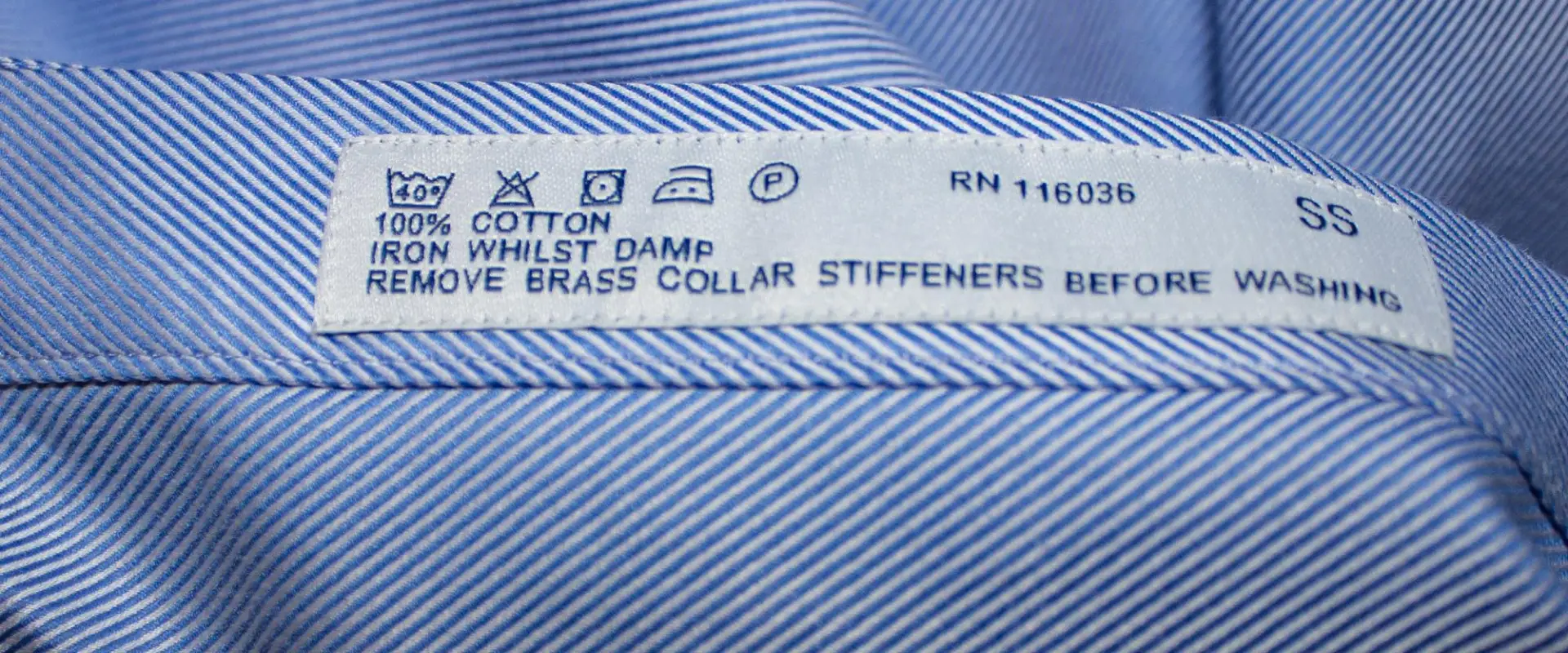Choosing the right label material for your products is crucial for ensuring durability, readability, and overall product presentation. The label material you select must be tailored to the specific conditions it will encounter, such as exposure to moisture, heat, or chemicals. Here’s a comprehensive guide to help you choose the right label material for your needs.
-
Understand Your Application
- Identify the Environment: Determine where the labeled product will be used and stored. Will it be exposed to outdoor elements, high humidity, refrigeration, or harsh chemicals? Knowing the environmental conditions is critical in selecting a material that will withstand these factors.
- Consider the Surface: The type of surface to which the label will be applied affects material choice. Smooth surfaces like glass or plastic require different adhesives compared to rough surfaces like cardboard or fabric.
-
Types of Label Materials
- Paper Labels: Paper is a cost-effective and versatile label material suitable for a variety of applications, including product packaging, shipping, and retail. However, paper labels are not ideal for environments with high moisture or abrasion as they can easily tear or become damaged.
- Polyester (PET) Labels: Polyester labels are highly durable and resistant to water, chemicals, and extreme temperatures. They are commonly used for industrial, automotive, and outdoor applications where durability is essential.
- Vinyl Labels: Vinyl is a flexible and durable material that resists moisture and UV exposure, making it suitable for outdoor use. Vinyl labels are often used for warning labels, bumper stickers, and product identification.
- Polypropylene (PP) Labels: Polypropylene is a plastic material that offers excellent resistance to moisture and chemicals. It is a good choice for food and beverage packaging, personal care products, and other applications where the label needs to remain intact and legible.
- Polyethylene (PE) Labels: Polyethylene is similar to polypropylene but is more flexible and conformable, making it suitable for labeling curved or irregular surfaces. It is commonly used in the health and beauty industry.
-
Consider Adhesive Options
- Permanent Adhesives: These adhesives create a strong bond that is difficult to remove without damaging the label or surface. They are ideal for long-term labeling needs where the label must remain intact throughout the product’s lifecycle.
- Removable Adhesives: Removable adhesives allow the label to be easily removed without leaving residue. They are suitable for temporary labeling needs or situations where the label may need to be repositioned.
- Specialty Adhesives: For challenging applications, specialty adhesives like freezer-grade or high-tack adhesives are available. Freezer-grade adhesives are designed to adhere in cold temperatures, while high-tack adhesives provide extra-strong bonding for rough or low-energy surfaces.
-
Match the Printing Method
- Inkjet Printing: If you use inkjet printers, choose materials specifically designed for inkjet printing to ensure sharp, vibrant images and text.
- Laser Printing: Laser printers require materials that can withstand the heat generated during the printing process. Polyester and polypropylene labels are often compatible with laser printing.
- Thermal Transfer Printing: Thermal transfer labels are printed using heat to transfer ink from a ribbon to the label. Materials like polyester and polypropylene work well with this method, providing durable and long-lasting prints.
- Direct Thermal Printing: Direct thermal labels do not use a ribbon. Instead, they use heat-sensitive materials that darken when heated. This method is best for short-term applications like shipping labels, where longevity is not a primary concern.
-
Evaluate Aesthetics and Brand Image
- Finish Options: Consider the finish of your labels, such as matte, glossy, or metallic. A glossy finish can make colors pop and give a premium look, while a matte finish provides a more subtle and professional appearance.
- Customization: Custom label materials and finishes can enhance brand image and product appeal. Work with a label supplier that offers customization options to align with your brand’s aesthetic and functional requirements.
Conclusion
Selecting the right label material involves understanding the specific needs of your application, considering the environment, surface, adhesive, and printing method. By carefully evaluating these factors, you can choose a label material that ensures durability, readability, and a professional appearance.
For a wide selection of high-quality labels tailored to your specific needs, visit NTXSupply.com. NTX Supply offers a variety of label materials and customization options to help you find the perfect labels for your products. Explore their offerings today and ensure your labeling needs are met with precision and excellence.

